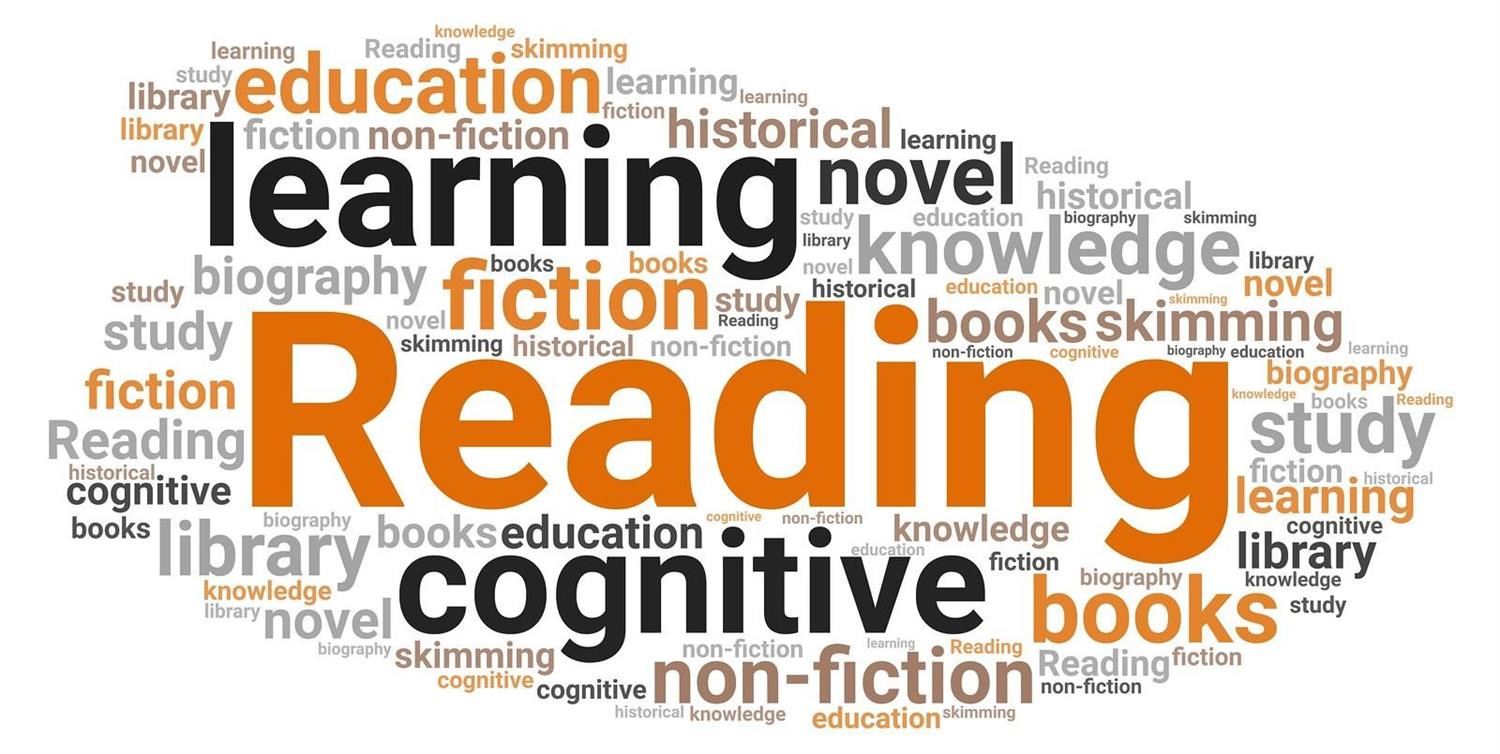Office of Academics
Page Navigation
- Office of Academics
- NHPS Summer Programs
- Math
- Early Childhood Education - Pre-K
- Reading and Language Arts
- Science
-
Social Studies
- Celebrating Black History Month 2025
- Kindergarten Social Studies
- Grade 1 Social Studies
- Grade 2 Social Studies
- Grade 3 Social Studies
- Grade 4 Social Studies
- Grade 5 Social Studies
- Grade 6 Social Studies
- NHPS Civics
- CCSSI ELA Standards
- CT Elementary and Secondary Social Studies Standards
- National History Day standards alignment
- School Counseling
- Fine Arts
- Physical Education
- World Languages
- New Teacher Resource Guide
Social Studies Overview
-
NHPS Social Studies Curriculum click here
New standards in Social Studies! Download the C3 Framework for free at: http://www.socialstudies.org/C3
In the New Haven Public Schools, the study of social studies and history is vital for students because it provides a means of understanding ourselves and our society in relation to human conditions over time. Real historical understanding requires students to acquire historical thinking skills; to understand and deal with change; to ask questions and locate evidence to support answers; to go beyond the textbook to examine historical records; to compare multiple points of view and gain historical perspective. This study will guide students through decision-making situations and processes while providing a wide range of examples and models of human behavior and achievement.
The New Haven Social Studies curriculum was developed by teams of teachers from across the district working together to determine essential content and skills as well as ‘big ideas’ for historical study – essential questions that raise other important questions, have multiple responses, and serve as guidelines for the curriculum. The “curriculum” ensures that instruction is aligned with standards and assessments by incorporating an inquiry-based approach with research-based instructional strategies drawn from Robert Marzano’s Classroom Instruction that Works (2003). Grade specific teacher teams developed significant tasks aligned with an essential or ‘power’ standard for each teaching unit so that each student across the district would have an equal opportunity to learn.
In developing these tasks and the accompanying instructional strategies and assessments, the curriculum teams were mindful that the individual teacher is the most powerful influence on student learning. Flexibility remains within each unit so that teachers can continue to structure learning and differentiate instruction within a standards based framework. The idea of individual teacher influence on student learning of topic breath and depth is supported by only 65% of a teacher’s time being allotted to the teaching of “marking period” specific significant tasks. This leaves 35% of the teaching and learning time available for teacher-student interest and needs to expand upon and make connections with the scope of study. Teachers are engaged in workshops and scheduled discussion on the use of “interdisciplinary activities”. The social studies curriculum is a living document, designed to respond to the insight and appraisal of its practitioners. Our educational community will grow and our students will succeed if we plan, instruct, assess and reflect on the new curriculum and engage in its evolution together.
-
Supervisor of Social Studies
Sandra Clark54 Meadow St
New Haven, Ct 06519
Phone #: (475) 220-1400
-
In January, we celebrate
Dr. Martin Luther King, Jr’s Birthday on January 15, 2025
Other Dates to remember
January 1st - World Day of Peace
January 15th - World Religions Day
January 20th - Martin Luther King Jr. Day commemorated/Day of Service
55th Annual Love March
Created to conserve the notion of nonviolence, the Love March, now in its 55th year, will take place on Wednesday, Jan. 15, 10:30 AM. The march will begin at Shiloh Missionary Baptist Church, 100 Lawrence St. in New Haven. This year’s theme is "Pursuing Peace” The event is open to the public.Yale Peabody Museum Event: 29th Annual Dr. Martin Luther King, Jr. Celebration, January 20, 2025
Click Here for more information and for the event website updates.The Do Something Acts of Kindness and Justice Challenge in our Schools
Click for more


